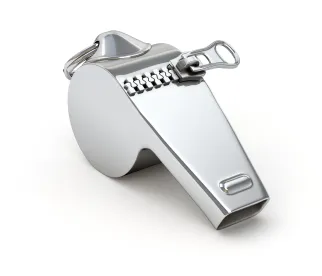The limelight on Hollywood has turned fifty shades darker recently with more high- profile celebrities being called out on allegations of historic inappropriate behaviour.
The news of late has been littered with claim after claim of sexual harassment by celebrities against their peers in years gone by but don’t be fooled into thinking it is a historic problem or an issue only for those adorning the silver screen. Individuals, both male and female, have been speaking out from all industry sectors both across the pond and in the UK under the hashtag ‘#metoo’, a campaign set up following the rape allegations made against Hollywood mogul Harvey Weinstein, to highlight their experiences.
In less than a week the #metoo campaign was used more than a million times in the US, Europe, the Middle East and beyond, showing only the beginning of the prevalence of sexual assault and harassment in our society, from shop assistants to soldiers and pupils to politicians – with Michael Fallon, Defence Secretary, stepping down just last week.
With this airing of what seems like an almost infinitely large basket of grubby laundry, it is likely that the number of allegations being raised by employees and subsequently brought to the Employment Tribunals could sky- rocket. As such we would urge employers to ensure that, when they are approached with an allegation of harassment or assault in the workplace, the mentality of “handling it right” rather than “getting it off the desk” prevails.
Learning points for employers:
-
Take action in relation to all harassment claims (sexual or otherwise) – investigate promptly, thoroughly and ensure it is well-documented;
-
Think carefully before you suspend anyone – it may be appropriate but is not necessarily so, especially if the allegation is of behaviour some months or years earlier;
-
Ensure that the investigating manager is experienced and suitable to conduct the investigation – yes, it is easy to pass it to the manager who is least busy at that moment but do they have the experience and skill to conduct an investigation that would withstand the potential scrutiny of litigation?
-
Consider taking steps to avoid further issues – update policies, provide employee training on appropriate workplace conduct, etc.
-
Warn the alleged perpetrator that, whatever his/her view of the complaints made, any form of retaliation is likely to be unlawful victimisation.
-
Remember that people lie, but that they also make mistakes and misunderstand. Not all complaints of harassment or bullying on any grounds are true, either at all or in relation to important details. Even if the complaint is dismissed as unfounded in whole or part, however, that does not justify the automatic conclusion that it was malicious or in bad faith, so beware of detrimental action taken post grievance.
-
You may not be able to reach a definitive conclusion one way or the other, but you don’t have to. Your burden of proof is “on a balance of probabilities”, not “beyond all reasonable doubt”.
Think about remedy early on. If the complaint is upheld, what does the complainant actually want? Is it cash and revenge or just an apology and a re-based working relationship with the harasser? Adjust your approach accordingly.
Kendel Shepherd contributed to this post.



 />i
/>i

